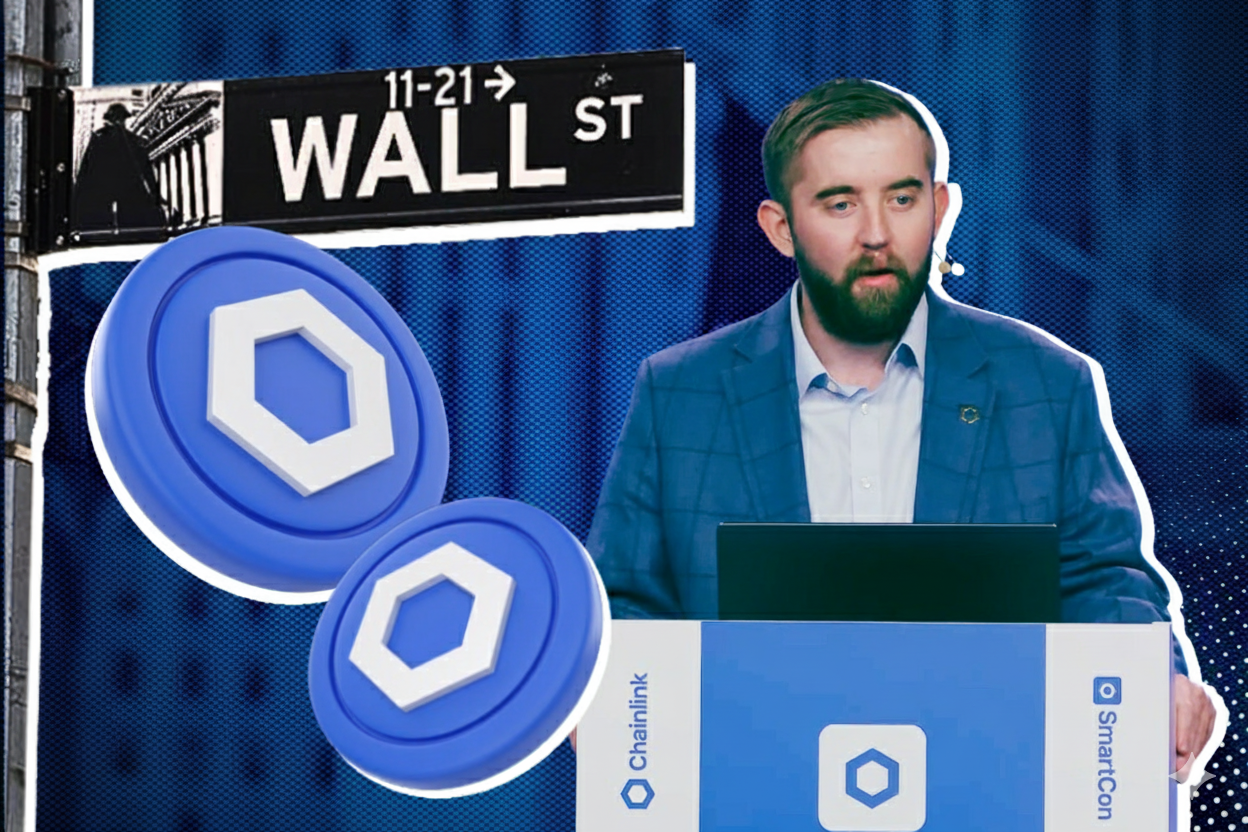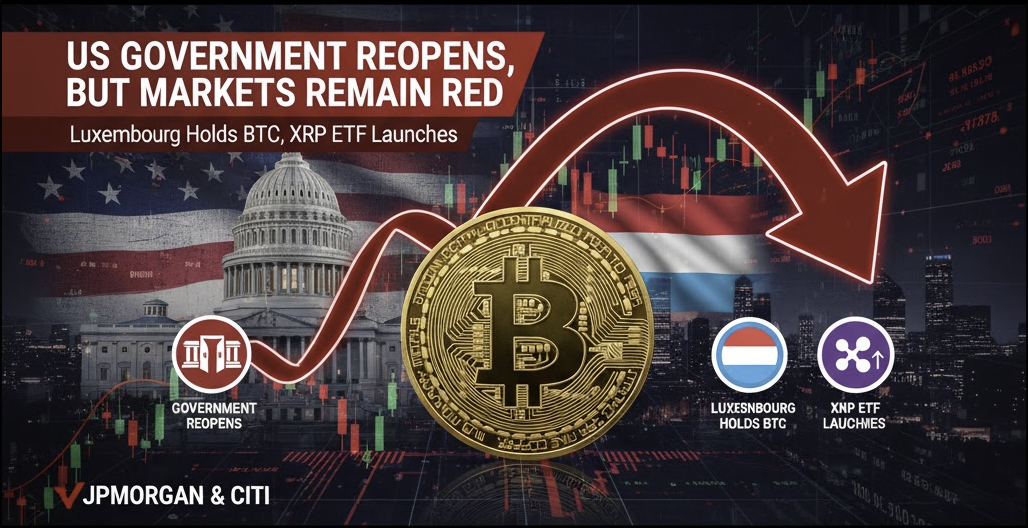Table of Contents:
- Overview of RWA & Its Potential
- Major Challenges for RWAs
- Viable RWA Projects
- Unrealistic RWA Projects
- Summary & Insights
- Infographic Explanation (Important)

1. Overview of RWA & Its Potential
Real World Assets (RWAs) refer to the concept of tokenizing real-world assets to bring them onto the blockchain. These assets can include real estate, vehicles, patents, copyrights, and financial instruments like stocks and bonds.
On paper, the successful tokenization of RWAs could bring several benefits to the crypto and DeFi ecosystem:
- Massive capital inflows from traditional financial markets into crypto and DeFi.
- Enable DeFi to provide real-world value to investors.
- Optimize capital efficiency by removing geographical barriers, allowing assets to be used globally.
The Vision:
If RWAs are successfully tokenized, it could unlock billions of dollars in liquidity from the traditional finance sector, paving the way for widespread adoption of DeFi.
2. Major Challenges for RWAs
However, tokenizing Real World Assets is an incredibly complex process. For example, tokenizing real estate would involve the following:
- Custody of the property.
- Valuation and appraisal.
- Legal framework for the property.
- Tokenization process to bring the asset on-chain.
- DeFi integration for real estate-backed tokens.
- Interoperability with other projects.
Key Takeaway:
Tokenizing RWAs for on-chain use is nearly impossible for most assets. Only a small subset of assets can realistically be tokenized and used effectively on a blockchain.
For this reason, I disagree with recent claims that "trillions of dollars" will flow into crypto through RWAs. This statement creates unrealistic expectations without acknowledging the significant barriers involved.
3. Viable RWA Projects
Despite the challenges, there are certain sectors of the RWA space that show realistic potential. Here are a few:
1. Legal Companies and Large Public Blockchains
Some legal firms and public blockchains are working on providing the infrastructure to support RWA tokenization.
2. Stablecoins
Stablecoins like USDT (Tether) and USDC (Circle) are examples of successfully tokenizing fiat currencies like the USD, bridging the gap between traditional finance and crypto.
3. RWA Tokenization Infrastructure
Projects such as Chainlink and Centrifuge work on bringing RWA data on-chain, ensuring its accuracy and integration with the DeFi ecosystem.
4. Private Credit (Uncollateralized Lending)
Projects like Maple, Centrifuge, Goldfinch, Credix, Clearpool, and TrueFi are providing lending services to crypto and traditional businesses without the need for collateral.
5. US Treasury Bonds (T-Bills)
Some projects, such as Franklin, Ondo, Matrixdock, Backed Finance, and OpenEden, are experimenting with tokenizing US Treasury Bonds, providing a way for crypto investors to gain exposure to government-backed assets.
4. Unrealistic RWA Projects
There are several RWA-related projects that are not practical or viable, at least in the near future. Here's why these specific sectors are unlikely to succeed anytime soon:
1. RWA-Specific Blockchains
RWAs do not need dedicated blockchains. Building additional blockchains simply fragments liquidity and reduces security. What RWA needs are applications that can leverage existing blockchain infrastructure rather than creating new, isolated chains.
2. Real Estate Tokenization
Tokenizing real estate is far more complex than it seems. Projects claiming to offer fractional ownership of properties are often legally dubious, and in many cases, it’s unclear whether they even have the rights to the properties they’re tokenizing.
3. Environmental Assets (e.g., Carbon Credits)
Tokenizing carbon credits is equally impractical. Even in traditional markets, carbon credits face liquidity issues. Bringing these assets onto the blockchain doesn’t magically solve these problems.
4. NFT Marketplaces for RWAs
Some projects are aiming to create NFT marketplaces for trading RWAs. However, expecting all RWAs to be traded on a single marketplace is unrealistic. In traditional markets, different assets (like real estate or stocks) are traded on specialized platforms. The same will be true for RWAs, and not every asset needs a marketplace on the blockchain.
5. Summary & Insights
While RWAs present an exciting opportunity, investors should avoid being swept up by unrealistic promises of "trillions of dollars" entering the market overnight. Tokenizing real-world assets on the blockchain is a massive challenge that will take time to solve.

Key Takeaways:
- RWAs are a promising sector but have major hurdles to overcome before they can achieve their full potential.
- Not every project claiming to tokenize real-world assets is realistic or viable.
- Focus on projects with proven use cases, such as stablecoins, lending platforms, and infrastructure projects that aim to bring RWA data on-chain.
- Be cautious when investing in projects without tokens, as these could offer opportunities for airdrops.
- For projects with tokens, consider short-term trading opportunities if they catch a trend, but be aware of their long-term feasibility.
6. Infographic Explanation (Important). Contact us for details
The attached infographic provides a visual breakdown of how RWAs work, highlighting the processes of tokenization, use cases, and the potential barriers. Use this to better understand how RWA tokenization connects traditional finance to blockchain and DeFi ecosystems.


.png)





